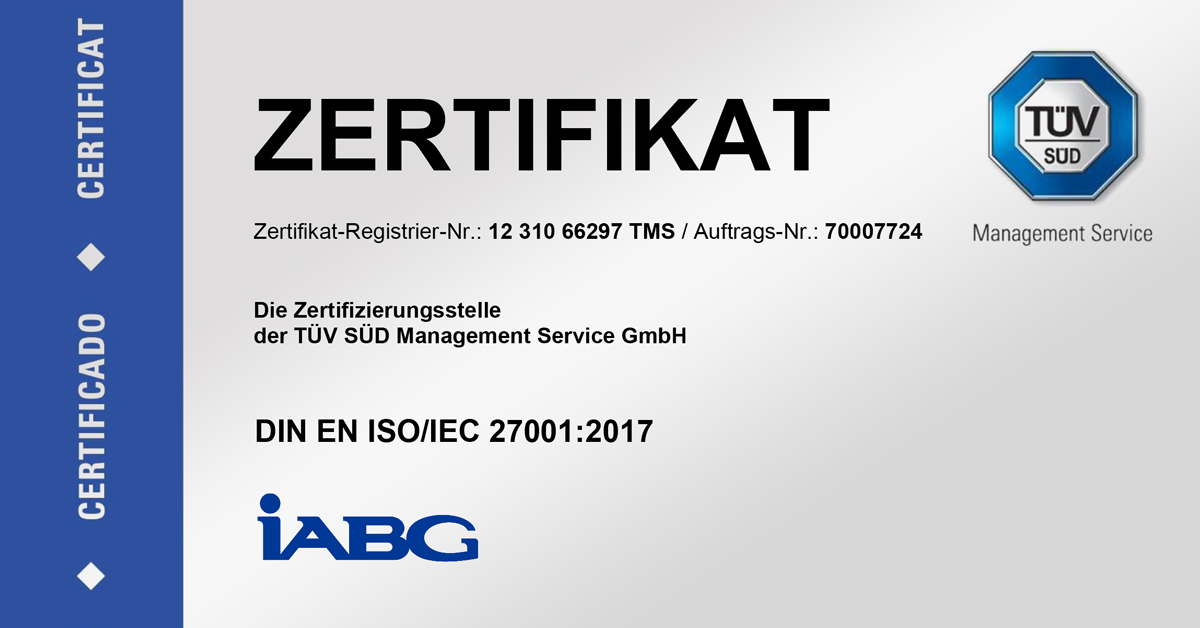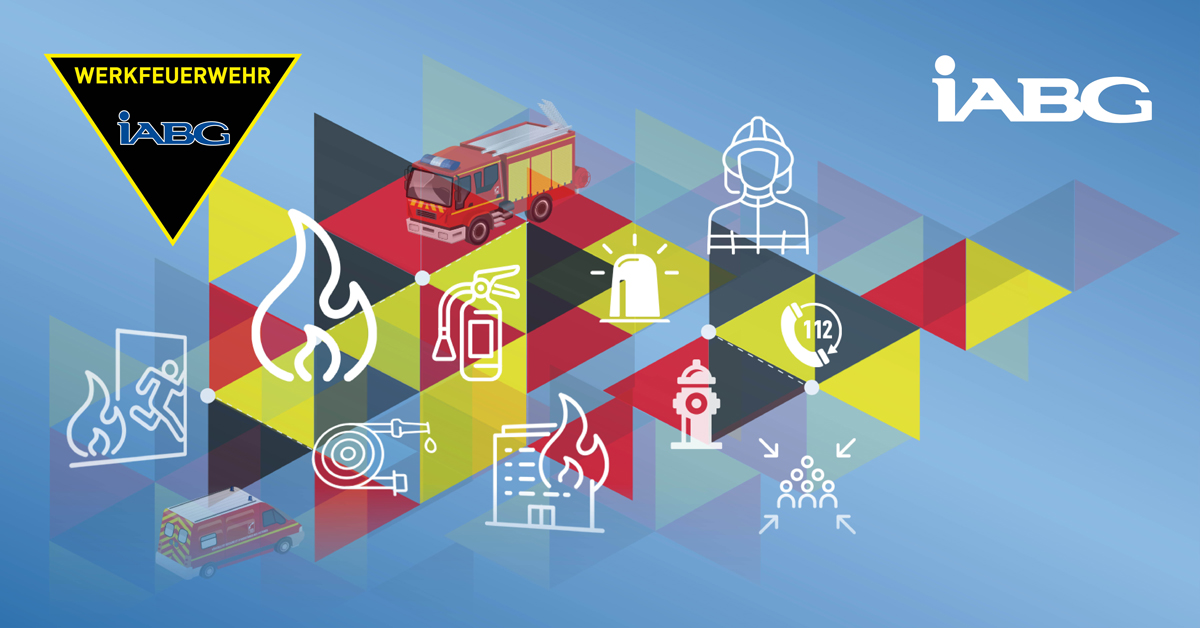Airbus manager Noel Forgeard emphasised the importance of the forthcoming testing in a recent visit to the A380 test hangar in Dresden. He described the fatigue testing, along with the ongoing flight test, as important components in obtaining aircraft certification for the A380. For the world’s largest passenger aircraft can only be supplied to aircraft companies with an appropriate certificate issued by an international air safety agency such as the “European Aviation Agency” (EASA) and the “Federal Aviation Administration” (FAA).
From September this year, in a new test hangar especially constructed for the giant bird, a hydraulic loading rig equipped with 182 pulling and impression cylinders will simulate the load placed on the primary structure of the A380 in flight operation. Using devices known as “whiffle trees”, the load is introduced into the structure over 1,700 points, that way simulating the real loads affecting the aircraft that result, for example, from strong blasts of wind. The wings have to be able to withstand upward deflections of 4.5 metres and downward deflections of 1.5 metres. These forces are simulated as are the 160 tonnes that act on each of the four main undercarriages of the A380 when in use. “This is important, as over the course of its lifetime, an aircraft rolls approximately 400,000 kilometres”, explained Dipl.-Ing. Woithe from IABG.
In 2002, Airbus entrusted IABG with the full scale fatigue test on the structure of its new A380. “Together with our local partner we then constructed a new hangar at Dresden airport, which, with a surface area of 4,950 square metres and a height of 32 metres is one of the largest test hangars of the European aerospace industry”, said Prof. Schwarz. In autumn 2004, over the course of several weeks, body and wing sections of the A380 prototype were transported in pushed convoy from Hamburg to Dresden. Airbus engineers then carried out the final assembly.
In order to obtain aircraft certification for the A380, the interim result of the fatigue testing after 5,000 flights is of utmost importance. However, the testing will subsequently be continued until the year 2007, as this will enable IABG to allow its customers to identify even during the test phase the condition an aircraft of this type will be in after a few years or decades. The relevant findings can then already be used in mass production and for maintenance.
- Business Fields
-
Automotive
- Automotive
-
-
Testing and fatigue strength
- Testing and fatigue strength
- Complete vehicles
- Vehicle bodies
- Chassis
- Engine & Powertrain
- Interiors
- Safeguarding mechatronic systems
- Advice on Test Programmes and Test Signals
- Prüfstandsbau
- Development Services
- Climatic Environmental Simulation
- Materials Testing and Failure Analysis
- Publications
-
Testing and fatigue strength
-
InfoCom
- InfoCom
-
- Shaping digitization securely
-
Cyber security
- Cyber security
- ISMS and risk analysis
- Technical IT security
- Cyber Defence
- BOS Digital Radio Network
- Industry 4.0 / Internet of Things
- Control and situation centres
- Satellite navigation - Satellite communication
- Safe City
- IT Public procurement management
- Government Agency Networks
-
Mobility • Energy
- Mobility • Energy
-
- Rail & track
- Sicheres Autonomes Fahren
- Testing and qualifying hydrogen technologies
- Construction of burst chambers
- Nuclear technology
-
Safeguarding of artificial intelligence (AI)
- Safeguarding of artificial intelligence (AI)
- The new DIN SPEC 92005
-
Engineering and Support of wind energy plants
- Engineering and Support of wind energy plants
- Technical computations and system simulation
-
Testing & qualification of wind energy plants
- Testing & qualification of wind energy plants
- Test stand construction and testing
- Testing and Fatigue Strength
- Materials Testing and Failure Analysis
-
Mobility services
- Mobility services
- Inductive energy transmission
- Environment & geodata service
-
Aeronautics
- Aeronautics
-
- Experimental testing
- Development of functional and system test benches
- Structural monitoring, inspection and analysis
- Functional Safety and Operational Safety
-
Provision of the test infrastructure
- Provision of the test infrastructure
- Our test halls and test sites
- Functional test benches
- References
- Publications
-
Space
- Space
-
- Mechanical Tests
- Space Simulation tests
-
Electromagnetic Tests
- Electromagnetic Tests
- Electromagnetic compatibility (EMC)
- Magnetic field measurement / Magnetic field simulation
- Infrastructure
- Engineering support
-
Management consulting
- Management consulting
- Programme Support
- Consulting on the implementation of management systems
- Project references
-
Defence & Security
- Defence & Security
-
- Domains
-
Services & solutions
- Services & solutions
- Capability Management
- Procurement support
- Services, operation & training
- Smart Tools
-
Expertise
- Expertise
- Integrated Logistics
- Life Cycle Cost Management
- IT-Security
- Survivability
- Vulnerability & effect on target
- Human factors & ergonomics
- Safety
- Systemic Analysis
- Security Policy
- Architecture & Process modelling
- Modelling & Simulation
- Intelligence, Surveillance & Reconnaissance (ISR)
- Systemt engineering AIR
- System engineering SPACE
- System engineering MARITIME
- Armament
- Sensor systems
- C4I systems
- Protection, Impact- and High Risk Testing
- Technology Roadmapping
- Innovation


